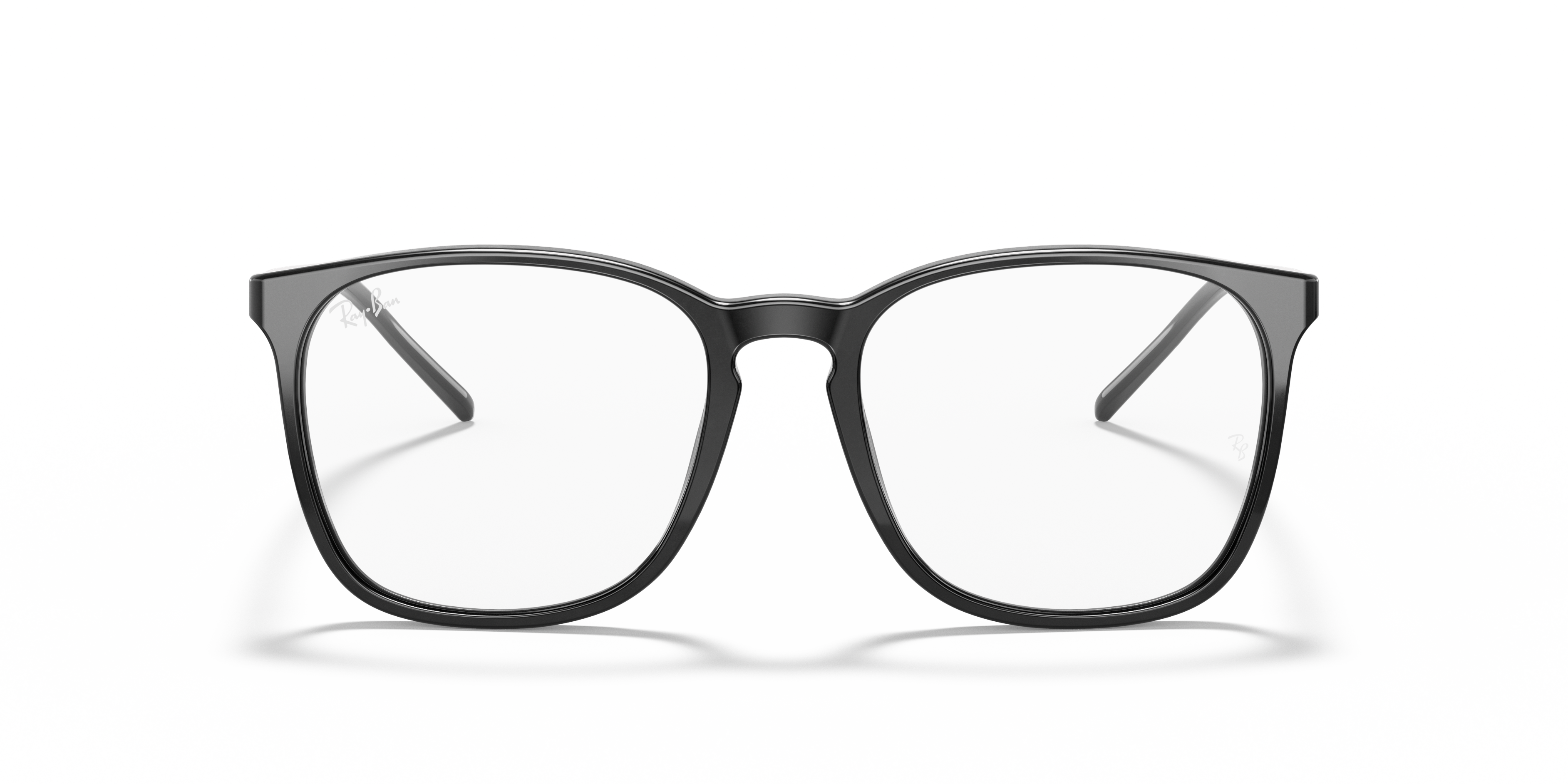
Putting on new eyeglasses for the first time brings a sense of joy and confidence. However, it can take time for your vision to become completely comfortable and adjust to your new glasses.
If you still notice your new glasses make you dizzy, or your vision gets blurry after wearing them for a while, you should call your eye doctor.
So, how long does it take to adjust to new glasses?
It may take two to three days for your eyes and brain to get used to your new prescription glasses. While uncommon, it occasionally takes up to two weeks. You may need to visit your optician to determine whether your eyes have adapted to your new glasses.
Adjusting to new glasses: Symptoms
Those getting used to new prescription eyeglasses frequently describe the following experiences:
- eye fatigue and headache
- blurry vision
- difficulty seeing depth, nausea, and dizziness
- "Barrel distortion" causes objects to seem distorted while using high-plus lenses
- “Fishbowl effect” is the sensation that your visual field is bent along the edges like you are looking through a fishbowl.
These symptoms can be more intense for those with astigmatism due to the nature of their vision correction. Read on to better understand the cause of adjusting to new glasses symptoms.
You may also like
New glasses headache
If you’re asking yourself, “Why do my glasses give me a headache?” Don’t worry this is normal. New glasses eye strain is probably the most common symptom. The muscles in your eyes can become tired, resulting in headaches. Remember, more than just your eyes are getting used to your new lenses. Your brain is putting up a lot of effort to visualize the information sent to it by your eyes too! A headache may occasionally result from this increased brain activity, but it should subside within a day or so.
Blurry vision with new glasses
People sometimes complain about some degree of blurry vision during the first couple of days after purchasing new glasses. Most of the time, it just takes a few days or even a few weeks for your eyes to get used to the new prescription. The blurriness should gradually disappear over time.
Fishbowl effect
The new glasses fishbowl effect is a frequent problem during the adjustment period. This is when the images you see through your lenses seem to bend at the edges as if you were looking through a fishbowl at the world. Wearing your new glasses frequently will help you get used to them if you're having problems with the fishbowl effect or other things.
How to speed up getting used to new glasses
Your eyes and brain may need a few days to a few weeks to get used to your new glasses, whether your prescription has increased or you're wearing them for the first time.
Even if you read the eyeglass prescription carefully and purchased the correct pair of eyeglasses, switching out the frame or lens style can affect your eyesight at first until you get acclimated to it. The complexity of your prescription, the choice of premium optics versus standard spherical lenses, and the choice of polycarbonate material can all affect how quickly your lenses adjust.
If at all possible, try to avoid switching back to your previous set of glasses. Only switch back if your vision is too distorted to carry out activities like driving or walking. It will take longer to adjust the more you switch between your old and new pairs.




















